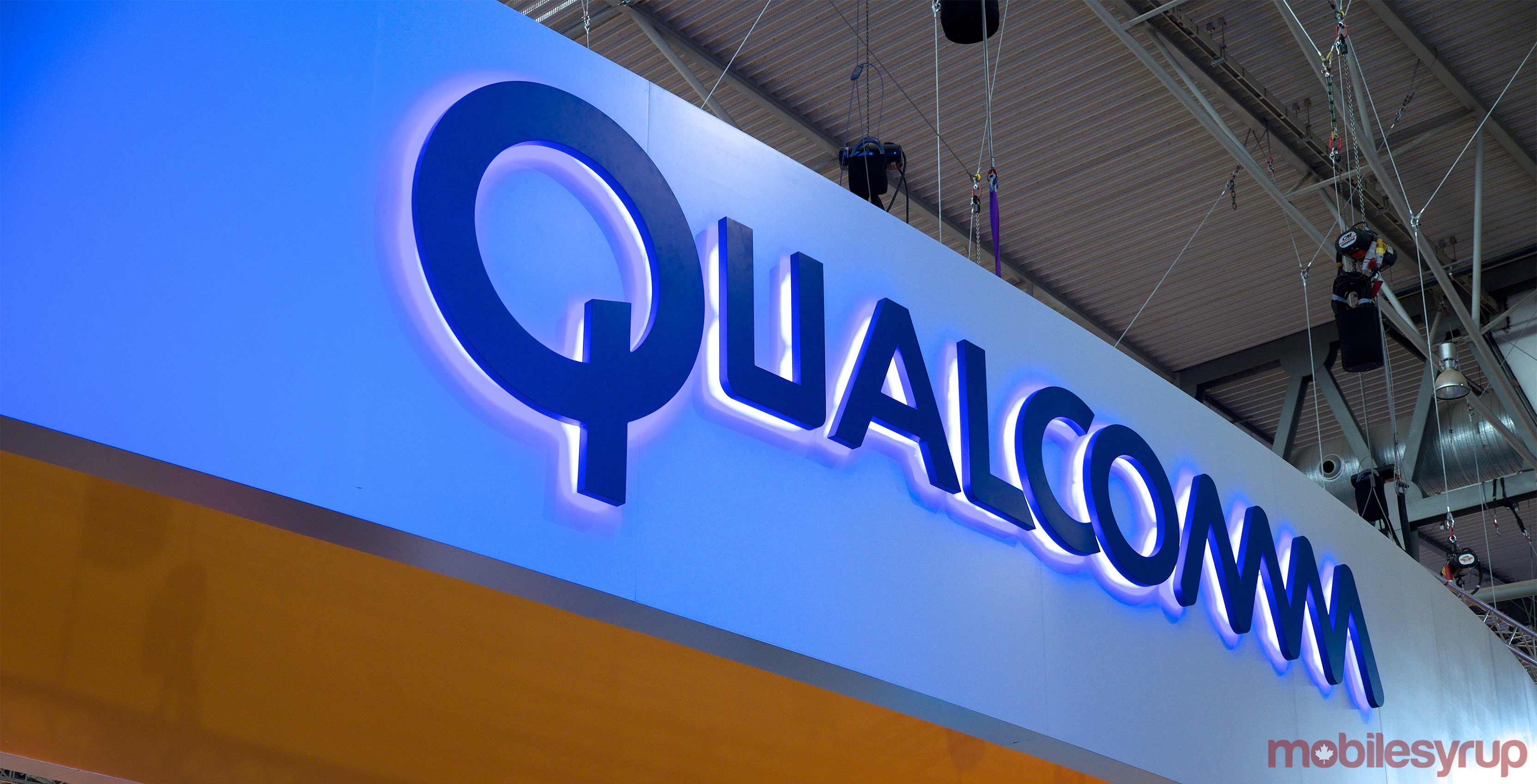
The first 5G New Radio (NR) standard is complete, but there’s still much work to be done.
Among the study items for global standards body 3GPP: introducing shared and unlicensed spectrum in 5G NR.
Chipset manufacturer Qualcomm, which has developed and championed unlicensed spectrum technologies, says 3GPP will likely kick off work on this item next month.
License Assisted Access and MulteFire
Qualcomm hosted an “industry-wide” workshop on unlicensed spectrum in October 2017, with over 20 companies represented including vendors, mobile operators and cable operators.
The company, which recently demonstrated interoperability based on the 5G official spec with Ericsson and several international carriers, expects the initial focus to be on creating 5G NR versions of spectrum sharing technologies pioneered with LTE.
That includes License Assisted Access (LAA), which allows carriers to tap into unlicensed spectrum — meaning spectrum not officially licensed by a wireless operator, such as that used for Bluetooth or Wi-Fi — in order to increase the capacity of their network. This technology is already in use by many operators to facilitate Gigabit LTE.
It also includes MulteFire, which allows for standalone LTE based solely on unlicensed spectrum and is well-suited to private LTE networks or neutral host networks.
But according to Qualcomm, that’s only the beginning.
The future of shared and unlicensed spectrum
In a recent blog post, 5G project engineering lead of spectrum sharing Dr. Yongbin Wei writes: “We also see an opportunity to introduce a ‘revolutionary’ path with more significant gains by exploring new spectrum sharing paradigms.”
Qualcomm says the first thing to explore is “tighter coordination” among users of unlicensed or shared bands by using time synchronization among the nodes sharing the spectrum.
By way of example, the chipset giant suggests supporting guaranteed resources that would provide operators with Quality of Service from a guaranteed bandwidth (as is the case with licensed spectrum), supporting a flexible sharing framework for complicated spectrum situations and increasing spectrum efficiency by using advanced techniques like spatial division multiplexing.
As shared and unlicensed spectrum technology becomes more prevalent, it opens the door to new wireless entrants, which may not have very much licensed spectrum, but can supplement it with unlicensed or shared in order to build out their networks.
In November, Qualcomm’s Sherif Hanna spoke to the benefits of LAA in an interview with MobileSyrup, stating: “We conceived of this technology specifically to help operators who are disadvantaged in terms of spectrum holdings. We turned a disadvantage into an advantage, in a way.”
Source: Qualcomm
MobileSyrup may earn a commission from purchases made via our links, which helps fund the journalism we provide free on our website. These links do not influence our editorial content. Support us here.


